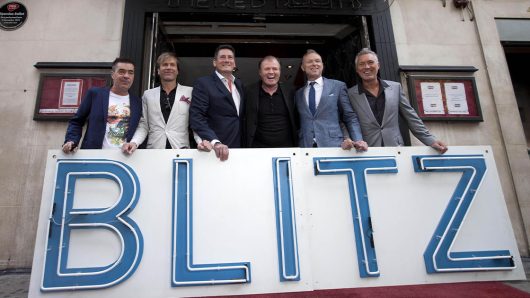“This was a difficult but challenging project,” Joni Mitchell wrote in the sleevenotes to her 1979 album, Mingus. “I was trying to please Charlie and still be true to myself.” Mingus is one of the most unusual collaborations in musical history – both in gestation and in the sound of the finished product. It was the definite closure to the career of one of the partners, and a chalk mark ending the experimental era of the other.
“I was after something personal – something indescribable”
Charles Mingus was not only a fearsome jazz musician, bandleader, composer, and improviser – he was a relentless sonic traveller, always looking forward. In the 70s, as he entered his 50s, he was particularly interested in the work of Arnold Schoenberg and the outer edges of composition. Mingus’ focus on composing rather than playing had been accelerated by his recent diagnosis with motor neurone disease. As well as everything else that this degenerative disease forced upon him, it left him unable to hold his signature instrument – the upright bass.
Joni Mitchell was much younger than Mingus, in her mid-30s, and fresh from the release of her 1977 double-album, Don Juan’s Reckless Daughter. That record had been her most experimental and jazz-influenced release to date. Exploring complex textures and rhythms with a diverse collection of artists, including Chaka Khan and members of the jazz-fusion band Weather Report, Don Juan’s Reckless Daughter had also been an unexpected success. It sold half a million copies and gave Mitchell confidence to continue on her outré curve.




